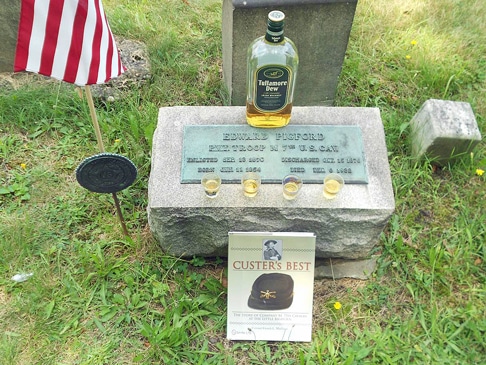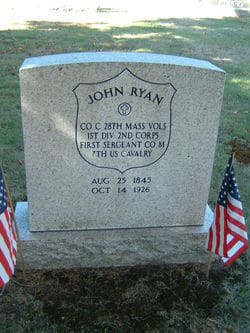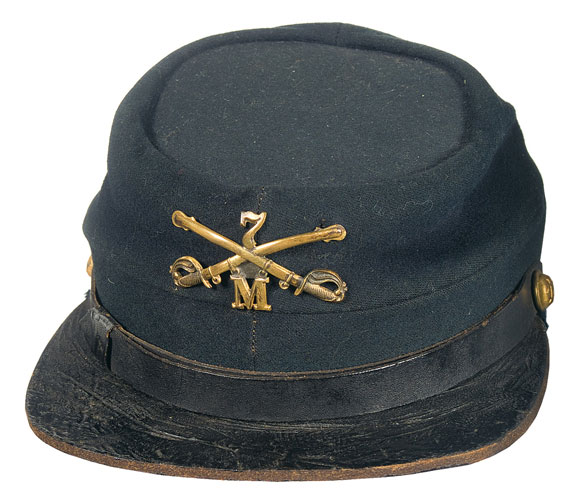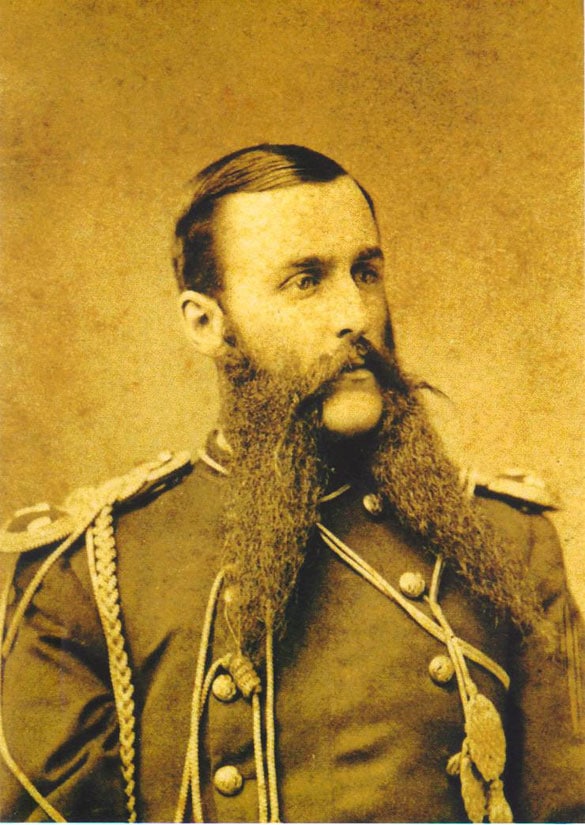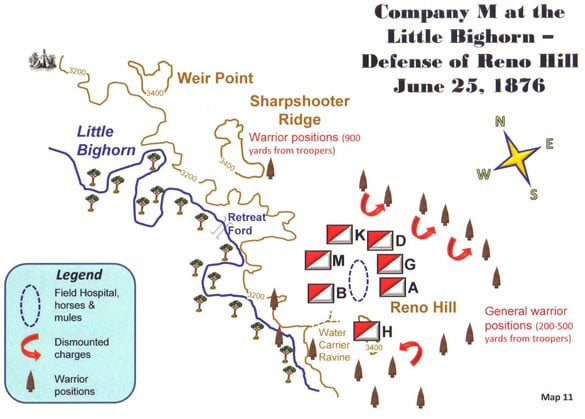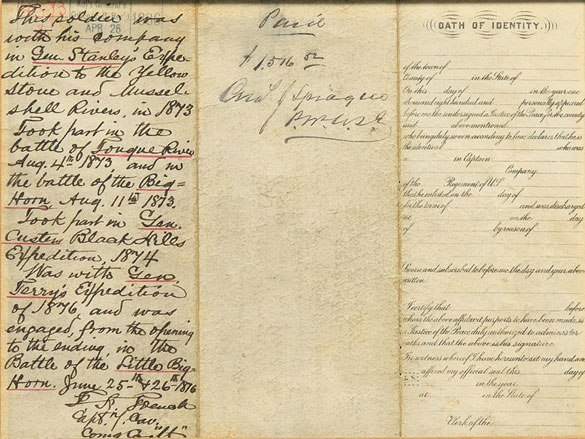(September 17, 2013) Schiffer Publishing has sent out the author advance copy, which indicates that The Fifth Field has been published and should be available for shipment next month. The book is fabulous; it came out at 370 pages, with 42 photographs, almost all of which have never been published before.
Five special photographs show moments from the executions of Louis Till, Fred McMurray, Charlie Ervin and Mansfield Spinks at the Peninsular Stockade at Aversa, Italy in 1945. These unique photographs, which had remained hidden in private hands for 67 years after the war, and unknown to be in existence by the Army, are believed to be the first photos of U.S. Army executions of U.S. personnel since the hanging of the Lincoln Assassination Conspirators in 1865. The book additionally has five photographs of Army hangman Master Sergeant John C. Woods; we feel certain that you have not seen at least three of them before.
Each of the cases is covered in great detail through trial records, witness statements, investigator notes, review findings and execution reports. For those historians and legal scholars wishing to do additional research you will find 56 pages of endnotes with specific document citations and the archives in which these documents can be found. There is an additional appendix that provides over 100 short biographies of detention center personnel, hangmen (such as Thomas and Albert Pierrepoint,) key Judge Advocate General — JAG — officers and commanders from Dwight Eisenhower on down who approved General Court-Martial results.
This is a book about the death penalty. No matter what you believe your opinion to be on this important subject, you need to read this book before making up your mind for the final time. The information within these pages has never truly been considered before as we address this significant national issue. But do not worry. This is not a legal text; it is written by a regular Army officer, using standard English, not “legalese.” Having said that, there is a section where a trained lawyer, with over 50 years experience and who has participated in death penalty cases, examines several of these courts-martial and analyzes them from his own perspective.
For historians of the Second World War, this is the first definitive account of every capital case ending in death for an American soldier in Europe and North Africa during the conflict. For past, present and future Judge Advocate General officers, non-commissioned officers and civilian personnel, this is a history of your Corps during its most significant hour.
